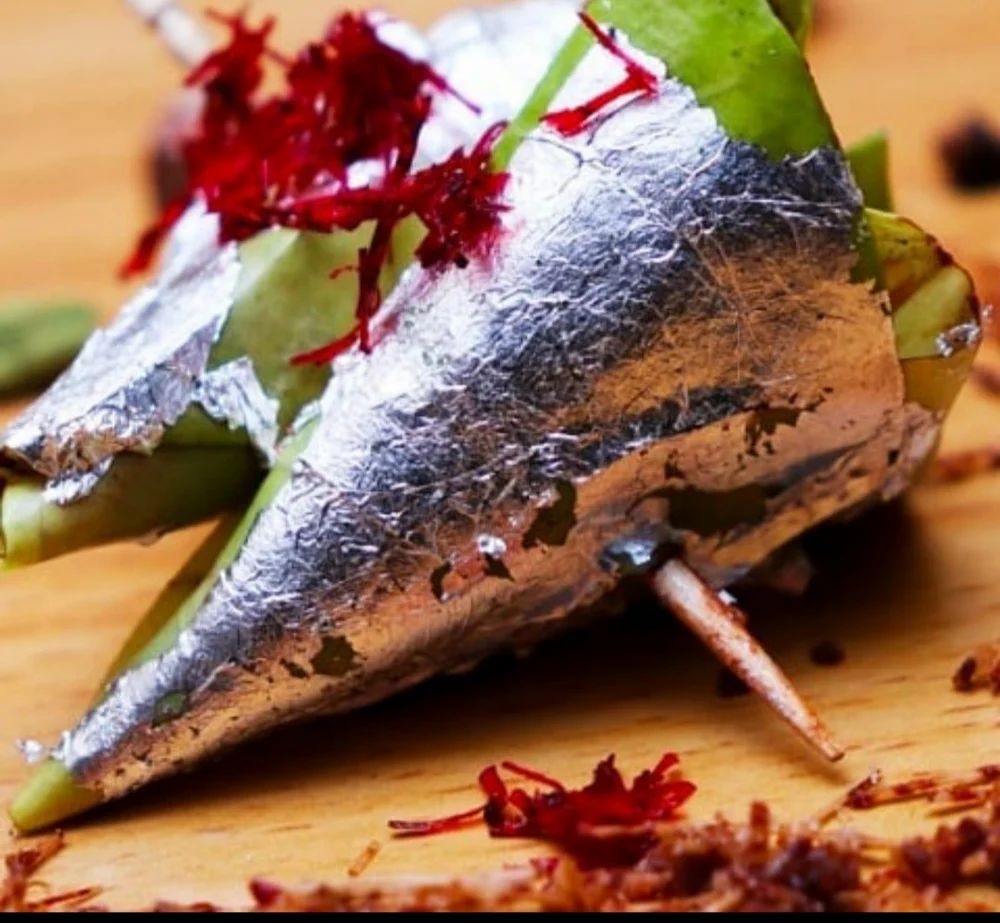- Welcome to Lappse – Pure Lemongrass Goodness
- ve.lappse@gmail.com

Banarasi Paan is a quintessential cultural symbol and culinary delight from the holy city of Varanasi (Banaras), India. Known for its unique flavor and cultural significance, it is much more than a simple betel leaf preparation—it’s an integral part of Banarasi heritage and hospitality.
Key Features:
Meetha Paan (Sweet Paan): Popular for its sweet and fragrant taste, ideal for beginners.
Sada Paan (Plain Paan): A more traditional version without sweeteners.
Tambaku Paan: Contains tobacco, meant for those accustomed to its use.
Special Varieties: Flavored paans like chocolate or silver-coated versions cater to modern tastes.
Banarasi paan remains a timeless treat, celebrated for its rich flavors, intricate preparation, and its deep-rooted connection to the soul of Varanasi.
Let’s Elevate Your Wellness Living
Discover the pure essence of Lemongrass with Lappse. Our products are crafted to nourish your body and soothe your soul, ensuring a holistic wellness experience.